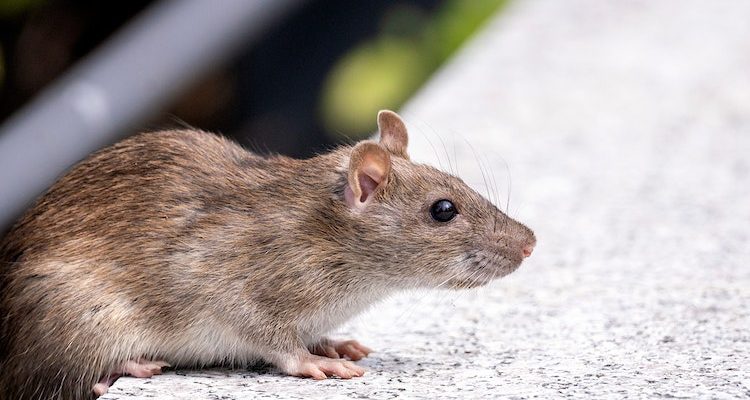Rodent control is a crucial aspect of public health and safety, but traditional methods can harm the environment. Green Mango Pest Control exemplifies a shift towards environmentally sustainable rodent control methods. These approaches prioritize prevention, exclusion, and non-toxic measures, minimizing harm to non-target species and the environment. By adopting sustainable practices, we can effectively manage rodent populations while protecting the planet. This balanced approach promotes public health, reduces environmental impact, and creates a more sustainable future.
As we explore rodent control and environmental sustainability, we’ll discuss effective strategies for a healthier environment and a pest-free world. Sustainable rodent control is key.
The Environmental Impact of Traditional Rodent Control Methods
Traditional rodent control methods often involve the use of toxic chemicals, such as rodenticides, which can contaminate soil, water, and air. These chemicals can also harm non-target species, including pets, wildlife, and beneficial animals. Additionally, traditional rodent control methods often focus on killing rodents rather than preventing infestations, which can lead to a cycle of poisoning and re-infestation.
Environmentally Sustainable Rodent Control Methods
Environmentally sustainable rodent control methods prioritize prevention, exclusion, and non-toxic measures to minimize harm to non-target species and the environment. These methods offer a balanced approach to managing rodent populations while promoting public health and environmental sustainability. Some effective, environmentally sustainable rodent control methods include:
- Exclusion: Sealing entry points and using physical barriers to prevent rodents from entering buildings and homes.
- Sanitation: Properly storing food, waste, and clutter to reduce attractants for rodents.
- Humane traps: Using humane traps or non-toxic bait stations to capture and remove rodents.
- Natural repellents: Using natural repellents, such as peppermint oil or ultrasonic devices, to deter rodents.
- Biological control: Using natural predators or parasites to control rodent populations.
- Environmental modifications: Modifying the environment to reduce rodent habitats and food sources, such as removing debris or trimming vegetation.
- Integrated pest management: Implementing a comprehensive approach that combines multiple control methods to manage rodent populations effectively.
By adopting these environmentally sustainable rodent control methods, we can reduce the environmental impact of traditional rodent control methods while promoting public health and safety.
Benefits of Environmentally Sustainable Rodent Control
Environmentally sustainable rodent control methods offer several benefits, including:
- Reduced environmental impact: Minimizing the use of toxic chemicals and reducing waste can help protect the environment and conserve natural resources.
- Improved public health: Preventing rodent infestations can reduce the risk of disease transmission and promote public health.
- Cost-effective: Environmentally sustainable rodent control methods can be cost-effective in the long run by reducing the need for repeated treatments and minimizing property damage.
- Increased effectiveness: By addressing the root causes of rodent infestations, environmentally sustainable rodent control methods can provide long-term solutions.
Implementing Environmentally Sustainable Rodent Control
Implementing environmentally sustainable rodent control methods requires a comprehensive approach that involves:
- Education and awareness: Educating property owners, residents, and businesses about the importance of environmentally sustainable rodent control.
- Inspection and monitoring: Regularly inspect properties for signs of rodents and monitor for activity.
- Prevention and exclusion: Implementing prevention and exclusion measures, such as sealing entry points and using physical barriers.
- Non-toxic control measures: Using non-toxic control measures, such as humane traps or repellents, to manage rodent populations.
Bottom Line
In conclusion, rodent control and environmental sustainability go hand-in-hand. By adopting environmentally sustainable rodent control methods, we can effectively manage rodent populations while minimizing harm to non-target species and the environment. Prioritizing prevention, exclusion, and non-toxic measures promotes public health and reduces environmental impact. This balanced approach creates a more sustainable future, protecting both human health and the planet.
By working together, we can achieve effective rodent control while preserving the environment for future generations. Sustainable rodent control is a crucial step towards a healthier and more environmentally conscious world. Effective solutions are within reach.













Comments